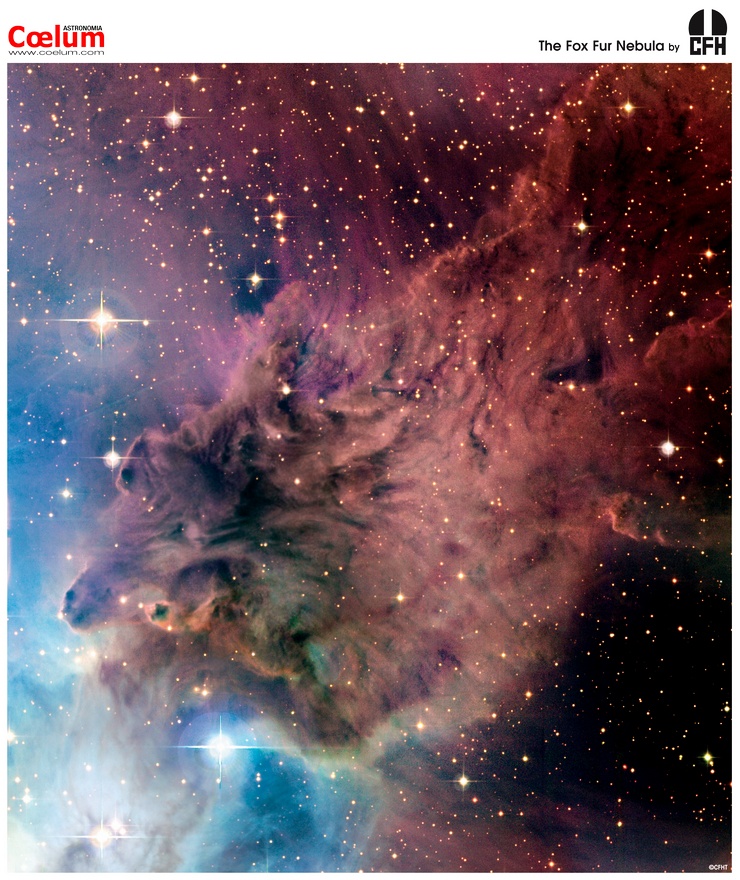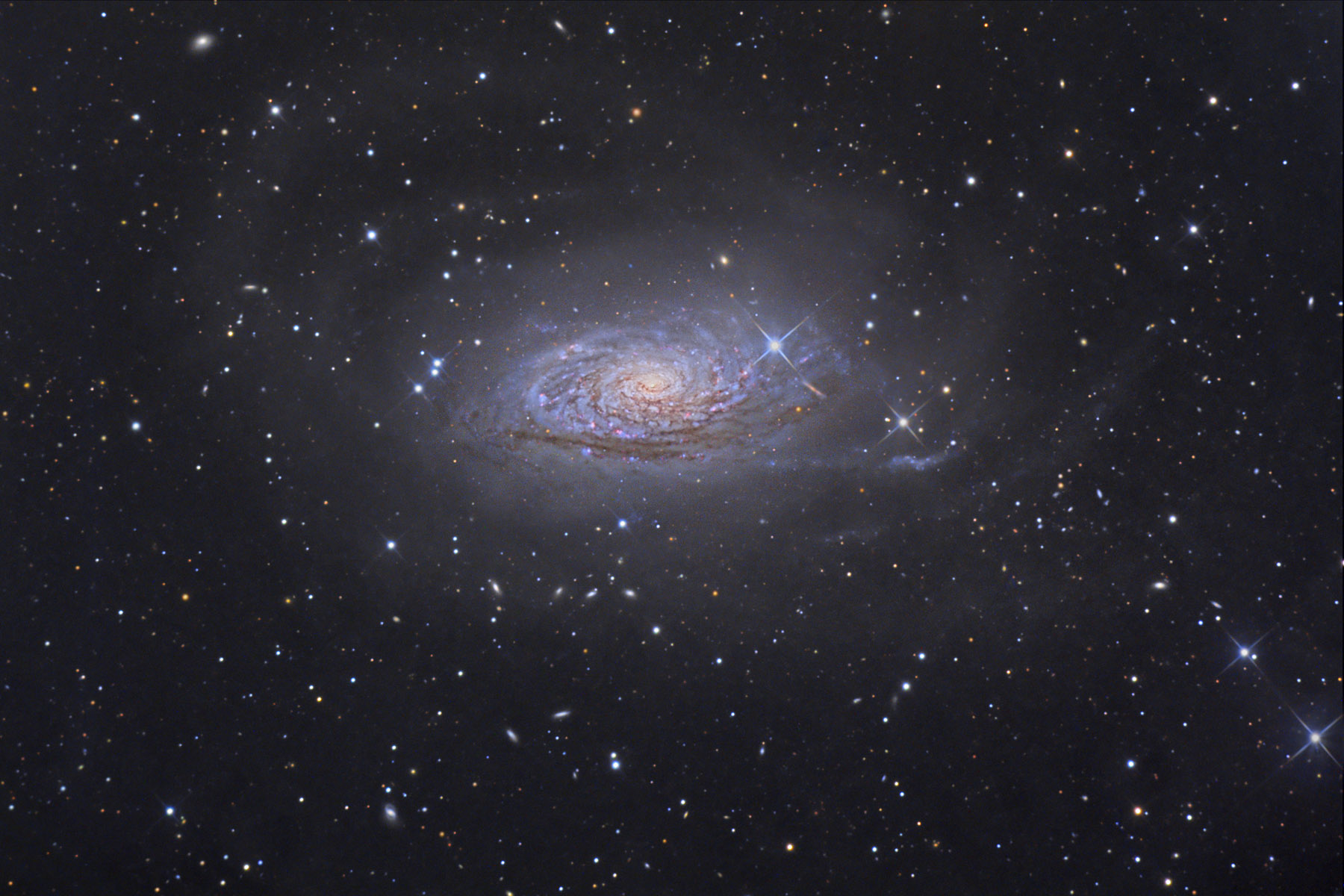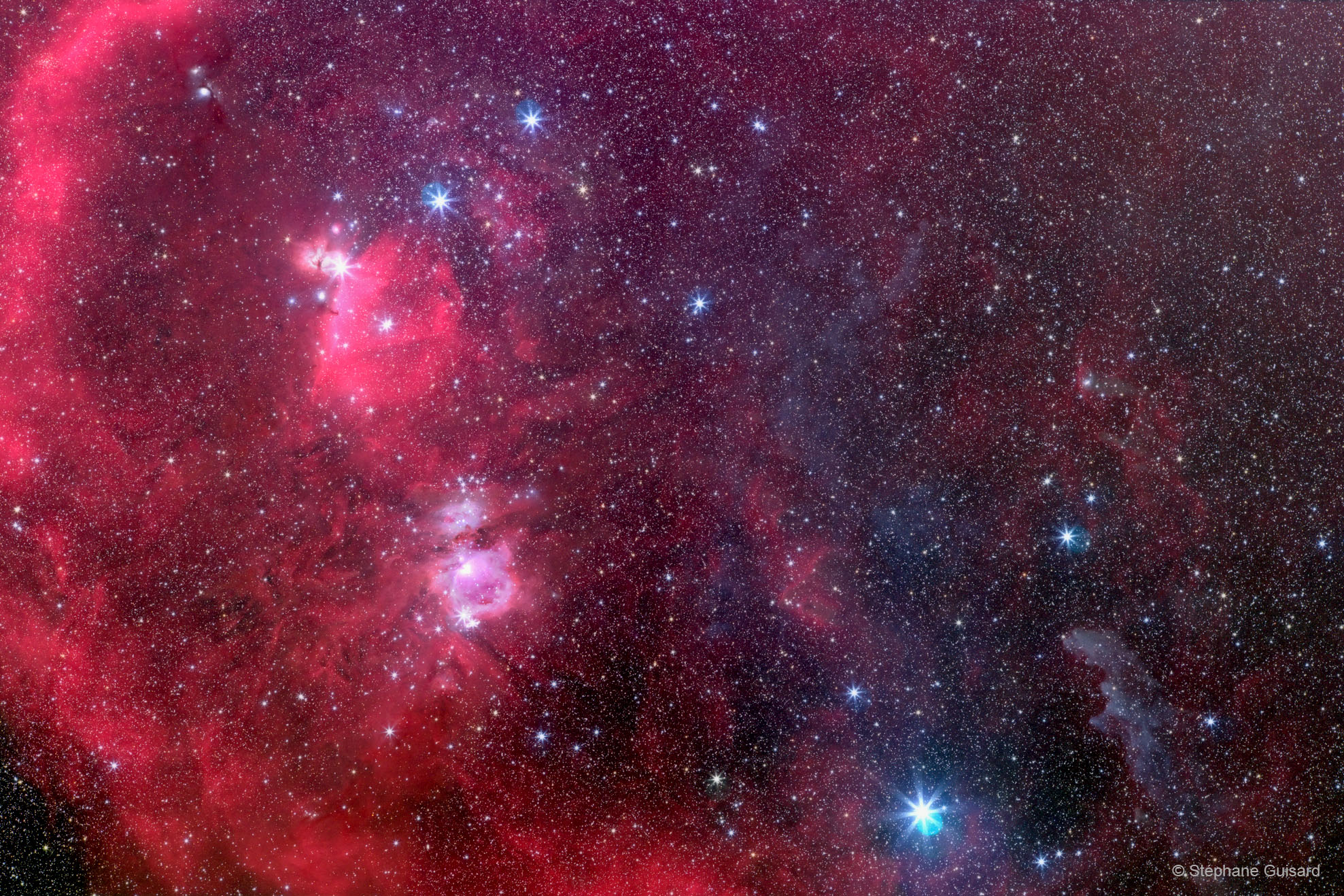
Cameron Johnson
Mr. Percival
Astronomy
23 May 2008
Vera Rubin
Vera Cooper Rubin was born in Philadelphia, Pennsylvania on July 23, 1928. At a young age she found a passion for astronomy and would go on to greatly contribute in the field. In 1948, she graduated from Vassar College in New York where she got her bachelors degree in Astronomy. Vera, upon receiving her degree, applied to Princeton, but was not allowed to enroll into their graduate astronomy program, so she looked elsewhere. She was accepted to Cornell where she would go onto to earn her Master’s degree there in 1951 along side her future husband Bob Rubin, a physicist. Early in Vera’s career, she obtained a negative reputation. The Big Bang Theory was widely accepted by the astronomical community during this time, but Vera’s thesis for her masters to the American Astronomical Society would find fault in it. Her thesis suggested that all of the galaxies in the universe are rotating around a center that is not known which would disprove the theory stating that the galaxies are expanding out. This put Rubin in an unenthusiastic view because of the lack of scientific theory to help back her bold findings.
In 1954, Vera Rubin received her doctorate at Georgetown University which furthered showed her theory that that galaxies in the universe were not uniformly distributed, but were quite randomly situated. Her theory would not prove correct until fifteen years after. After receiving her doctorate, she went on to teach at Georgetown for a couple of years and during this time she would have two more children, making it a total of four. Vera received a nice offer from the Department of Terrestrial Magnetism which is associated with the Carnegie Institution, in 1956. Her work for the department would lead to some of the most important astronomical findings to date. Vera’s research disproved Newtonian laws of gravity that predicted the orbiting speeds of stars in galaxies. In the early 1970s, she examined the spectra from galaxies that should stars on the outer edge of galaxies do not orbit slower than stars in the center. It showed that stars orbiting the outer edge of spiral galaxies are going just as fast as those that are located in the center. To this day, astronomers know that there is a huge mass which is invisible that exerts a force to keep out stars in orbit in galaxies. Thus, Vera’s findings and extensive research shows that this “dark matter” comprises of at least 90% of the universe which has left astronomers struggling to identifying it.
Vera Rubin’s accomplishments did not stop with the dark matter. She is an honorary member of the U.S. National Academy of Sciences as well as the Pontifical Academy of Sciences which its purpose is to promote the progress of mathematics, physical, and natural sciences. She was also published an astounding 114 co-authored research papers. Her passion for science was also passed down to her four children. All have earned Ph. D.s in either geology, cosmic-ray physics, astronomy, or mathematics. In 1992, Vera discovered a galaxy in which half the stars were orbiting one direction in the disk and the other half were orbiting in the other direction. Most recently, her colleagues and her discovered that more than half of the galaxies in the Virgo cluster exhibit disturbances due to the closeness of their gravitational fields. Most important to her is that “My numbers mean more to me than my name. If astronomers are still using my data years from now, that’s my greatest compliment.”





